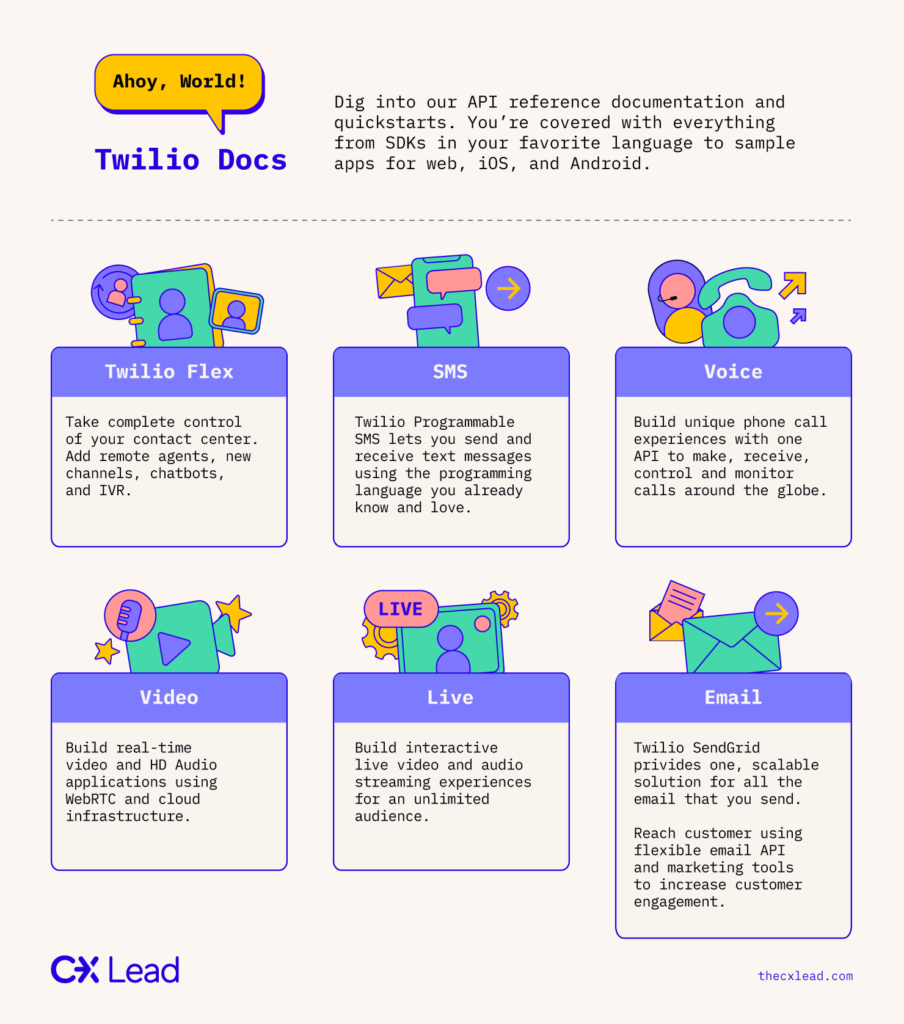Customer engagement is the ongoing relationship between a company and its customers via various online and offline channels. While it can take on many different forms, the goal always remains the same: to form a strong connection and to build customer loyalty.
The Benefits of Customer Engagement
There are many benefits to investing in your customer engagement strategy including, but not limited to, the following:
1. Improved Customer Relationships
This is as simple as it gets. The more you engage with customers, the easier it is to improve on current relationships. This holds true from your initial engagement through to purchase and beyond. Focusing here can result in improved customer retention and brand advocacy.
Related Read: 10 Best Live Chat Software To Connect With Your Customers At Scale
2. Access to Useful Customer Feedback
Engaged, existing customers are in a position to provide useful feedback. Sometimes they share feedback without asking. Other times, you’ll need to reach out to gather the information you’re seeking.
You may not always like the feedback you receive—and that’s okay. Negative feedback can help you formulate better relationships in the future.
3. Enhanced Brand Loyalty
With a defined customer engagement strategy, you’ll always have a clear idea of how your customer base feels. Do they like your products and/or services? Do they have suggestions? Are there changes you can make to your products, services, and/or processes?
You want your customers to feel appreciated. You want them to know that you’re taking their feedback to heart. When you make a genuine connection, it’s more likely that a customer will be loyal to your brand in the future.
What are customer engagement metrics?
You will likely have a gut feeling of you how engaged your customers are, but how can you quantify that somewhat?
The first step in measuring customer engagement is knowing which metrics to track. Once you settle on a list of metrics (you don’t need to track them all), you can use the data to adjust your strategy accordingly.
Here are some of the most common customer engagement metrics (also known as KPIs):
- Net Promoter Score (NPS): measures customer experience and predicts business growth.
- Customer satisfaction score (CSAT): used to tell you how happy (or unhappy) a customer is with your product, service, or buying experience.
- Daily active users/monthly active users: unique users of your product and/or service measured daily or monthly.
- Customer churn rate: the number of customers who stop using your service during a specified period of time.
- Social media engagement: social media interactions, such as likes and comments on Twitter, Facebook, and LinkedIn.
- Visit frequency: used to calculate customer activity, such as how often they use your service.
- Session time: the amount of time a customer spends on your website or app.
- Bounce rate: the number of visitors who visit your website and leave without taking any action, such as visiting another page.
- Top pages: the most visited pages of your website.
- Email open rate: the number of people who open your email marketing messages compared to the number of messages sent.
- SMS open rate: the number of people who open your text marketing messages compared to the number of messages sent
Others to consider include customer lifetime value (CLV), length of the customer lifecycle, and conversion rates.
Related Read: The 10 Best Net Promoter Score Software & NPS Survey Tools
How do you increase customer engagement?
There are a few methods brands employ to increase customer engagement:
1. Understand the customer journey
If you don’t understand your customer journey(s), you won’t know where to focus your resources. So, before you attempt to improve customer engagement, it helps to map out the typical customer journey or review what you have.

2. Publish helpful, relevant content
Content is a great way to nurture engagement at different points along the customer journey. Talk about common pain points, challenges, and customer needs. Not only does that allow you to make a connection, but it’s the perfect opportunity to ask questions about the types of content they’d like to see in the future.
Twilio—a customer engagement platform—is a great example of a company that continues to publish loads of helpful, relevant content. For example, there’s an entire knowledge base for developers, with the company describing it as follows:
You’re covered with everything from SDKs in your favorite languages to sample apps for web, iOS, and Android.

3. Create a social community
Posting on social media can help keep customers engaged. But, even better, empower customers to create a community where they can connect, learn, ask questions, provide feedback, and more.
GoPro is just one of the many companies that rely heavily on its community to build brand awareness. From day one, GoPro has focused countless resources on pushing its audience to share user-generated content.
GoPro has nearly 19 million Instagram followers and encourages users and fans to share their own experiences with its equipment—and to use the hashtag “#gopro” when doing so. The result? Tens of millions of posts with this hashtag (and millions more with variations).

What is a customer engagement platform?
At this point, you know what customer engagement is, why it’s important, and how to improve it. But what you may not know is that there are platforms you can use to save you time and generate better results.
A customer engagement platform is a tool that helps companies manage, analyze, and improve engagement throughout the customer journey. Here are some of the many features provided by industry-leading platforms:
- Customer outreach: This provides the ability to contact customers to request reviews and feedback.
- Chat automation: Use this feature to connect with website visitors via live chat, answer questions, and collect customer data.
- Customer surveys: Create surveys that you can share with customers to collect feedback.
- Customer engagement reporting: Generate reports to visually display customer engagement metrics.
- Create a knowledge base: Publish content to provide guidance, answer questions, and give customers another outlet for contacting you.
- CRM: Useful for organizing and managing customer data.
- Customer support: Provide timely, accurate, and industry-leading customer support.
Related Read: Pros And Cons Of Customer Service Automation
While there’s no shortage of options, some of the most popular include:
- Twilio
- Birdeye
- Twik
- Qualtrics CustomerXM (CX)
- Zingle
- Delighted
- Zoho Sales IQ
- MoEngage
- Braze
- Pendo
- Augeo
All of these platforms offer unique features and benefits, so it’s best to have an overview of what you want to accomplish before making a final decision.
Also, you can learn a lot by signing up for a free trial of the most appealing platforms. This helps you decide which is best for reaching your target audience.
For more, check out our list of the best customer engagement platforms.
Customer Engagement Frequently Asked Questions (FAQs)
You’ll learn a lot about customer engagement through trial and error, but that shouldn’t stop you from gaining as much knowledge as possible upfront. Answer these frequently asked questions to help guide your strategy:
- Do you have engaged customers right now or have you ignored this to date?
- When do touchpoints with customers currently occur?
- How can you combine your customer engagement and content marketing strategies to work in harmony?
- What are the most common types of customer interactions?
- Do you have a loyalty program? Do you offer incentives to customers for providing feedback?
- What do you want your brand experience to look like in the future?
Summary
From first contact through the purchase process and beyond, customers expect a high level of engagement from brands.
According to Salesforce, 83 percent of customers expect immediate engagement when they contact a company. And once that happens, the same customers expect you to remain engaged throughout your relationship.
Now that you understand the finer details of customer engagement — including how to improve in this area — it’s time to take action. A defined customer engagement strategy can go a long way in creating loyal customers that result in more sales and revenue. If it’s not part of your digital marketing strategy, it should be in the near future.
Related Read: 10 Best Customer Relation Management Software
Related List of Tools: Customer Review Management Software


